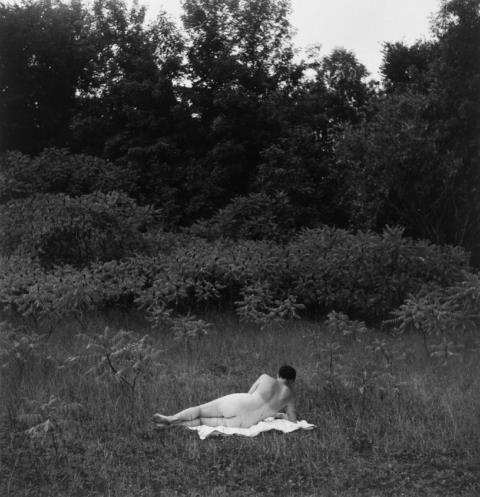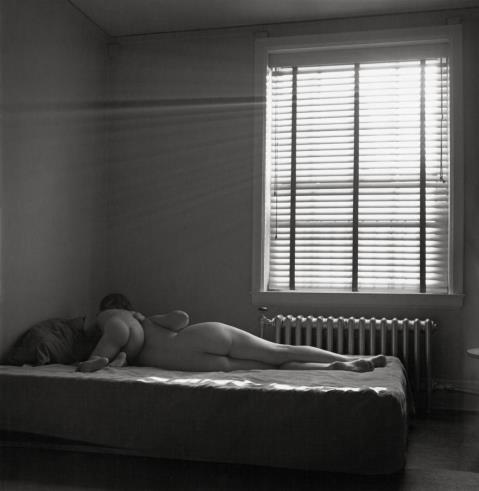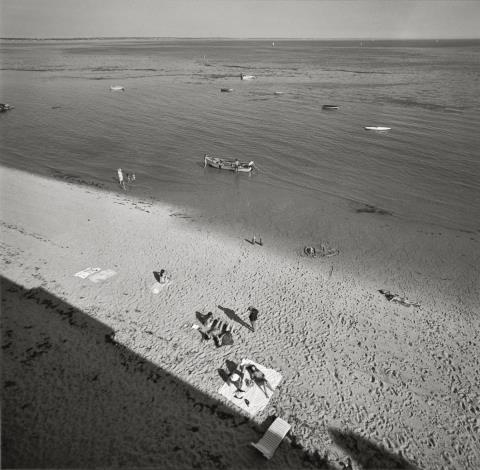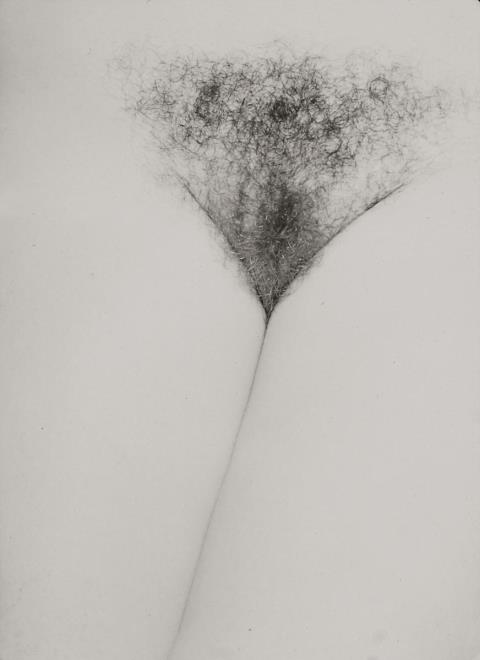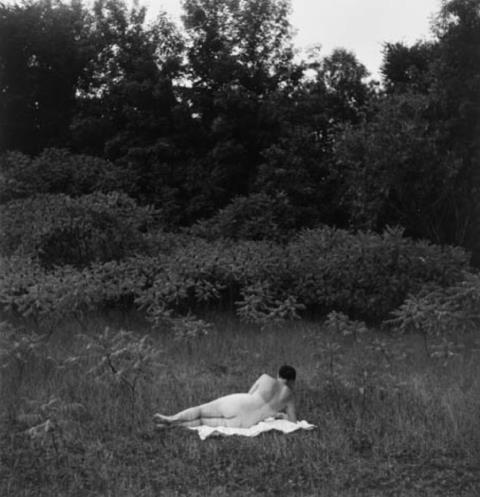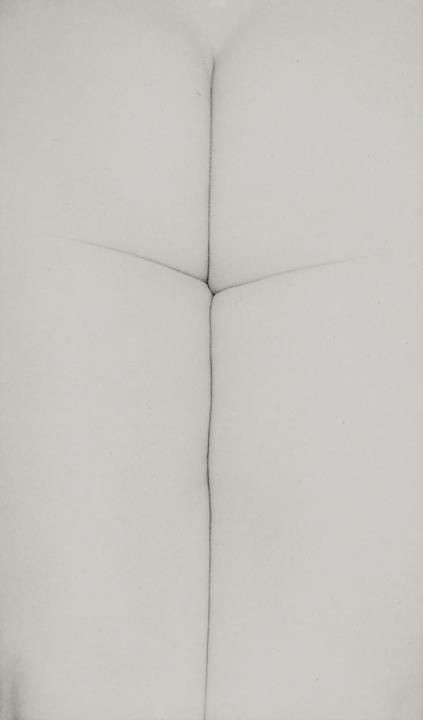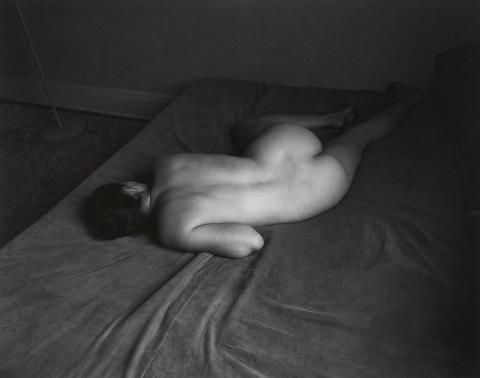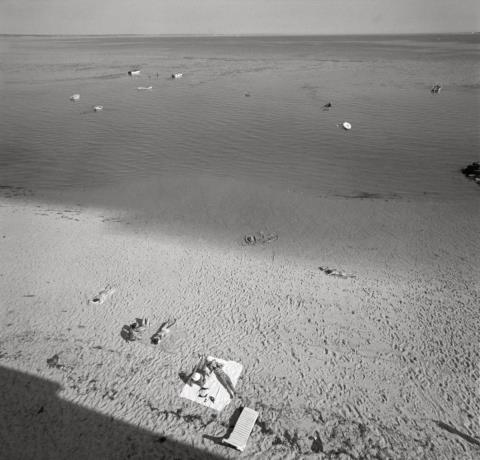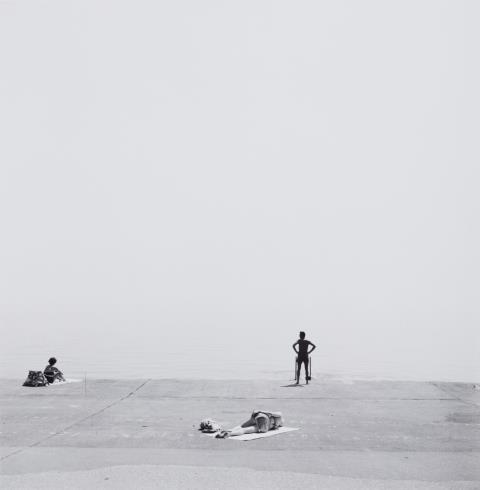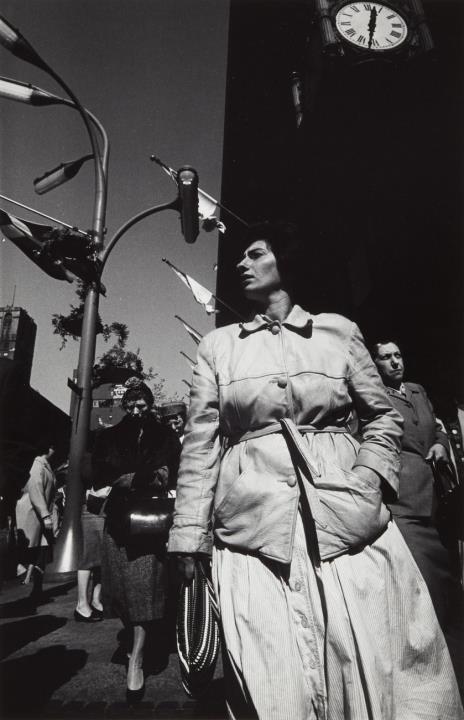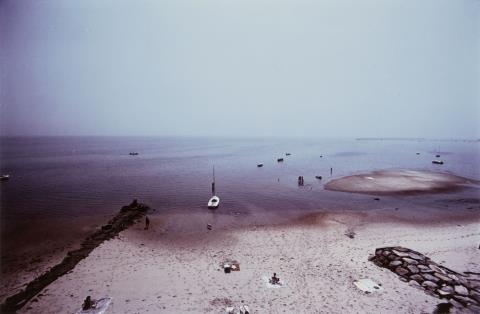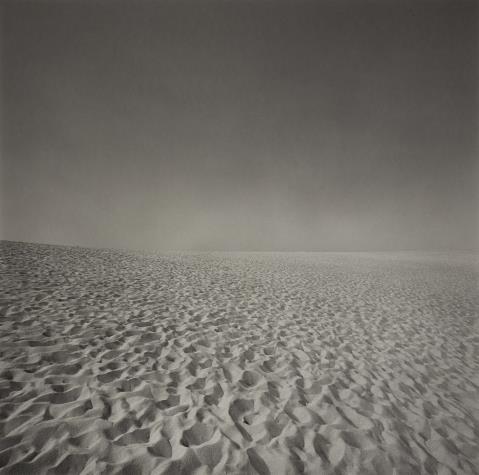Henry Callahan – Photography moved from hobby to career
Henry Callahan was born in Detroit in the US state of Michigan on 22 October 1912. In his early years, he worked initially for Chrysler and then started engineering studies at Michigan State University. However, he returned to Chrysler after the premature termination of his studies, and joined the company’s camera club. In 1938, Callahan acquired a Rolleicord 120 and began to teach himself photography. He became friends with the young photographer Todd Webb, came into contact with the teachings of László Moholy-Nagy through a lecture by Arthur Siegel, and at one of Ansel Adams’s workshops, finally made the decision to pursue photography as a career. Callahan experimented with black-and-white and colour photographs, bought a large format camera, and produced his own contact sheets. In 1942, he visited Alfred Steiglistz’s gallery in New York, photographed the coloured neon lights by night for the first time in 1943, and in 1945 finally became a self-employed photographer.
Participation in pioneering exhibitions
Harry Callahan spent many months in New York and during this time, met photographers such as Berenice Abbott, Lisette Model, Helen Levitt, Paul Strand and Minor White. However, his application for a scholarship to the Museum of Modern Art was unsuccessful; he returned to Detroit and managed to publish four photographs in the journal Minicam Photography. Thanks to the mediation of Arthur Siegel, Harry Callahan obtained a position as teacher that same year at the Institute of Design in Chicago, founded by Lázló Moholy-Nagy and Walter Gropius. In 1947, he held his first exhibition in Chicago in the 750 Studio Gallery. In 1955, he took part in the famous exhibition The Family of Man by Edward Steichen in the Museum of Modern Art in New York, followed that same year by Otto Steinert’s exhibition Subjektive Fotografie 2. At the suggestion of Edward Steichen, Callahan travelled with his family to Europe in the 1950s, and lived for a time in Aix-en-Provence, where he produced many photographs. In 1978, he represented the USA at the Venice Biennale with the painter Richard Diebenkorn.
A meticulous worker with a critical eye
Henry Callahan did not keep a diary and left no letters or notes that could shed light on his working methods and understanding of art. What is known, however, is that he left the house nearly every morning to walk through the city and photograph his surroundings. In the afternoons, he sorted his negatives and made prints of the best pictures, with only about half a dozen pictures per year finding favour in Callahan’s critical eye. A significant part of his work was of his wife Eleanor, whom he frequently photographed, as well as their daughter Barbara. However, they weren’t the exclusive motif of many pictures, but were used as a focal point and anchor for his landscape and city scenes. At the end of his life, Callahan left 100,000 negatives and over 10,000 proofs.
Henry Callahan died in Atlanta on 15 March 1999.
Harry Callahan - Works that have already been sold at Kunsthaus Lempertz:


